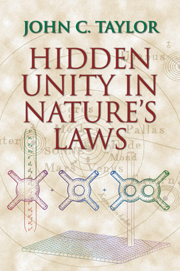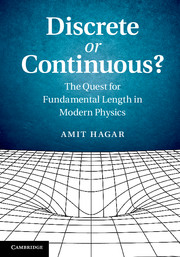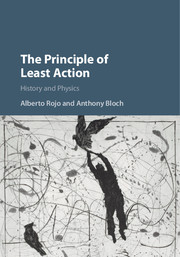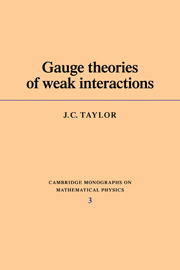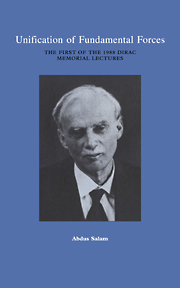Hidden Unity in Nature's Laws
One of the paradoxes of the physical sciences is that as our knowledge has progressed, more and more diverse physical phenomena can be explained in terms of fewer underlying laws, or principles. In Hidden Unity, eminent physicist John Taylor puts many of these findings into historical perspective and documents how progress is made when unexpected, hidden unities are uncovered between apparently unrelated physical phenomena. Taylor cites examples from the ancient Greeks to the present day, such as the unity of celestial and terrestrial dynamics (17th century), the unity of heat within the rest of dynamics (18th century), the unity of electricity, magnetism, and light (19th century), the unity of space and time and the unification of nuclear forces with electromagnetism (20th century). Without relying on mathematical detail, Taylor's emphasis is on fundamental physics, like particle physics and cosmology. Balancing what is understood with the unestablished theories and still unanswered questions, Taylor takes readers on a fascinating ongoing journey.
John C. Taylor is Professor Emeritus of Mathematical Physics at the University of Cambridge. A student of Nobel laureate Abdus Salam, Taylor's research career has spanned the era of developments in elementary particle physics since the 1950s. He taught theoretical physics at Imperial College, London, and at the Universities of Oxford and Cambridge, and he has lectured worldwide. He is a Fellow of the Royal Society and a Fellow of the Institute of Physics.
- A crisp and informative text suitable for anyone with a background in mathematics or physics
- Illuminating and lucid, ranging from the Ancient Greeks right up to the present day
- Written by a very distinguished theoretical physicist
Reviews & endorsements
"The book is an undoubted success. John Taylor does not try to exaggerate results or make unsupported claims, and he attempts at all times to elucidate complicated matters in simple language....many worthwhile ideas are expounded here which even a newcomer to physics could understand. I strongly recommend this book." --Nature
"The book is elegantly clear and beautifully written...The author seems to have an immense intuitive skill for picking those topics that will evoke the reader's interest...This is far and away the best account of physics for the general reader I have ever seen. It is not a physics text. It contains no calculus, and thus will not tutor the reader in the art of solving specific problems in physics. But it fully conveys the mystery and fascination physics has exerted on humankind since the age of the Greeks. It should occupy a privileged position on the bookshelf of anyone curious about the world around us." Mathematical Association of America
"Successful books about science for nonscientists tread a fine line. Information must not be lost in discussions that are too technical, but scientific rigor must not be sacrificed for story line. Taylor takes a hstorical approach to physics, beginning with the Greeks and finishing with cosmology and elementary article physics at the end of the 20th century.... Explaining the topics and their implications to nonscientists is difficult, but Taylor ... succeeds...." Choice
Product details
January 2005Adobe eBook Reader
9780511036903
0 pages
0kg
109 b/w illus.
This ISBN is for an eBook version which is distributed on our behalf by a third party.
Table of Contents
- Preface
- 1. Motion on earth and in the heavens
- 2. Energy, heat, and chance
- 3. Electricity and magnetism
- 4. Light
- 5. Space and time
- 6. Least action
- 7. Gravitation and curved spacetime
- 8. The quantum revolution
- 9. Quantum theory with special relativity
- 10. Order breaks symmetry
- 11. Quarks and what hold them together
- 12. Unifying weak forces with QED
- 13. Gravitation plus quantum theory - stars and black holes
- 14. Particles, symmetries and the universe
- 15. Queries
- 16. Appendices
- Glossary
- Bibliography.

